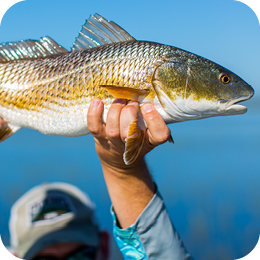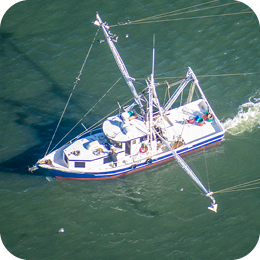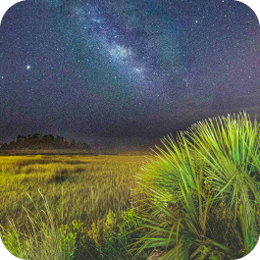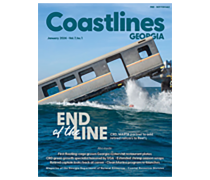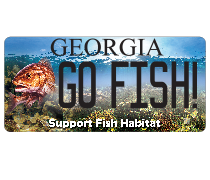Watch this video to learn about CRD's Green Growth initiatives:
About Green Growth in Georgia:
Between 1980 and 2000, Georgia’s coastal population grew by about 18%, and it is predicted that by 2030, coastal Georgia will see a 50% increase in population (Georgia Tech Center for Quality Growth & Regional Development, 2006). Current development patterns used to accommodate such growth are sprawling in nature and tend to be prevalent in more sensitive areas. If these current development patterns continue, the region will experience significant impacts to the natural resources through habitat loss and fragmentation, non-point source and point source pollution, and increased demand on water supply.
Green Growth practices are one way to address development pressure on our natural resources. Green growth can be defined in many ways, but the overall goal is to responsibly support the future growth of coastal Georgia in a sustainable way by balancing natural resource protection and growth without compromising the health of our coastal ecosystems for future generations to enjoy. There are many approaches to green growth, either through green certification programs or through implementing Low Impact Development techniques in stormwater design.
Two green certification programs include LEED, or Leadership in Energy and Environmental Design, and EarthCraft. LEED is a national certification program that encompasses many different project types including LEED for Homes, LEED Neighborhood Development, LEED for Schools, and LEED for Retail. More information on LEED programs can be found at www.usgbc.org/LEED. EarthCraft is a green building program sponsored by the Greater Atlanta Home Builders Association and Southface Energy Institute. This program serves as a blueprint for energy and resource efficient homes. EarthCraft is also developing certification programs for light commercial and neighborhoods. More information on EarthCraft can be found at www.earthcrafthouse.com. Low Impact Development techniques are extremely useful in modeling the applicability of an alternative to traditional stormwater and development standards. As more and more projects utilize these alternatives, we will be better prepared to discuss their utilization in coastal Georgia. Currently there are a variety of LID demonstration sites installed throughout the coastal region. More information on LID project sites can be found by clicking here.
Additionally, local governments have the ability to adopt ordinances that address these issues at the local level, and regional entities such as Regional Commissions can provide guidance coast wide through comprehensive planning. The Georgia Coastal Management Program can also provide guidance through technical assistance. Staff are available to assist local governments with green growth project development and implementation, as well as assistance through the Coastal Incentive Grant Program. Click here to find more information about the Coastal Incentive Grant Program.
Often, local government standards and ordinances do not allow for flexible, innovative environmental design. In response to this challenge, the GCMP funded a project to create a package of companion ordinances to the Coastal Green Growth Guidelines, which can be viewed by clicking here, for coastal localities to create development regulations and standards that are tailored to the individual needs of each community and the unique aspects of coastal Georgia. These ordinances tie together existing model coastal ordinances that have been developed for the Coastal and Statewide Non-point Source and Coastal Management Programs, including ordinances for riparian buffers, wetlands, conservation subdivisions, and septic system maintenance and inspection. More information about non-point source pollution can be found by clicking here.
Click here to be redirected to the Rain Barrel Workshop webpage and schedule.
Click here to learn more about our Enhancing Coastal Resilience with Green Infrastructure Project
 An official website of the State of Georgia.
An official website of the State of Georgia.


